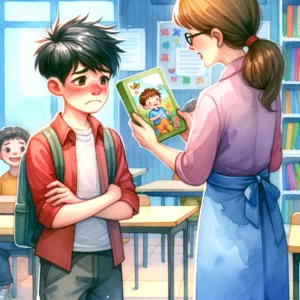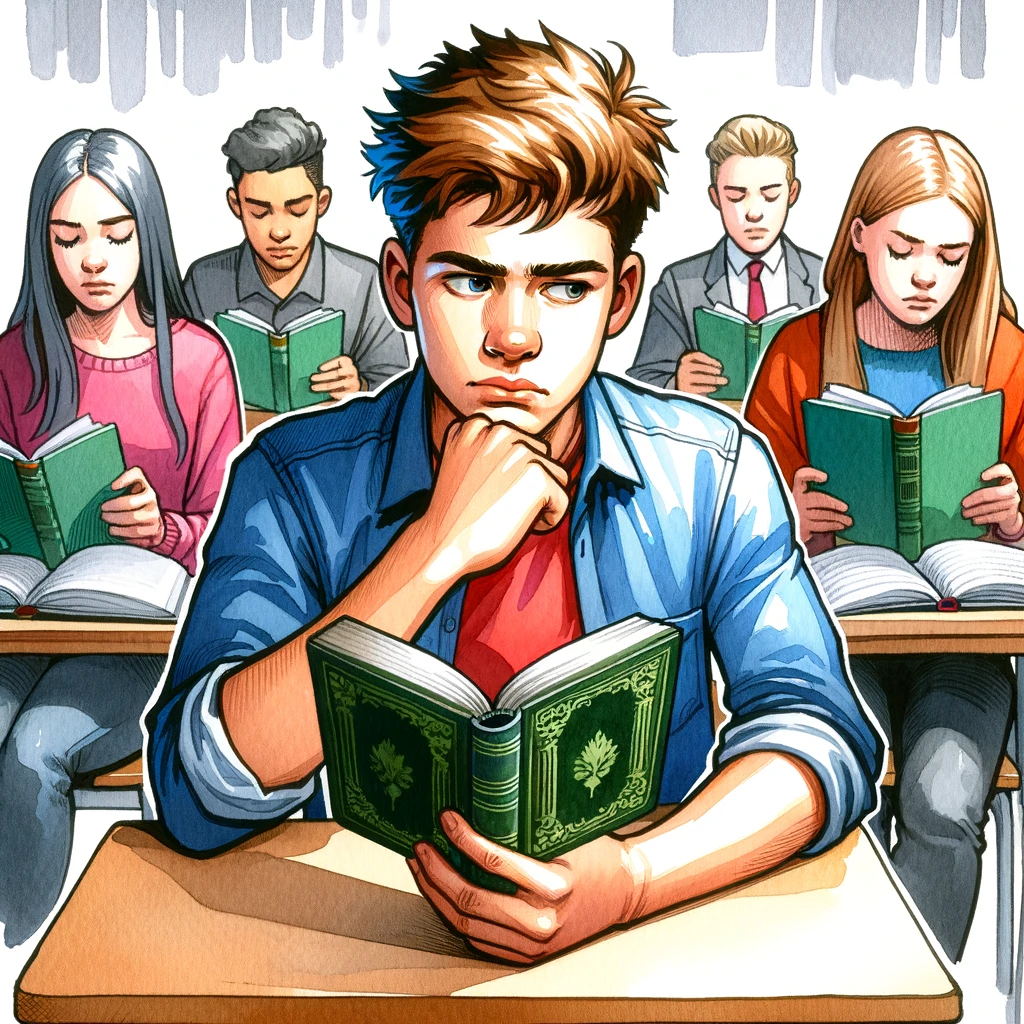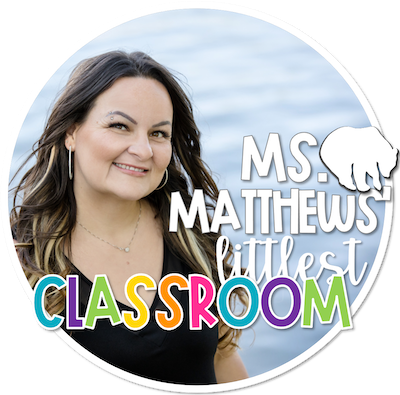Implementing UFLI: A Quest for Resources
After I implemented the UFLI program, I knew I needed to find resources that were not available in our school. I have built an extensive classroom library over the years. I have taught every grade (in some capacity) from Kindergarten to Grade 10. When I was teaching junior high, I got into teen fiction more in an effort to know what my kids were reading, but then I got hooked! Just like Steve Levitt, I was a Twilight fan. Team Edward all the way, but with strong cousinly feelings for Jacob. So, I started buying the books for myself, too. Then an abrupt change of assignment, and I was in Kindergarten. Shock, pure and utter shock. Eventually, I got on board with that too when I found Junie B. Jones and the joy of reading Dr. Seuss. So I have an extensive library. Lots of teen fiction, picture books, chapter books, Pete the Cat, complete series, manga, graphic novels, leveled readers, multiple genres (especially after reading ‘The Book Whisperer’), you name it, I’ve got it on my shelves. But not one decodable book. And really, what the heck are those anyway?
Decodable Books: The Middle School Dilemma
 At first, I just figured they were going to be lame things that you get in the leveled reader series. Boring. I have to listen to kids read these things. The real kicker is I’m not teaching kindergarten anymore. Those beginner-level books are not welcome in a middle school classroom. However, I have kids that actually NEED beginner-level books. Kids can’t get good at reading if they aren’t actually reading. And those beginner books are designed for little kids, NOT big kids.
At first, I just figured they were going to be lame things that you get in the leveled reader series. Boring. I have to listen to kids read these things. The real kicker is I’m not teaching kindergarten anymore. Those beginner-level books are not welcome in a middle school classroom. However, I have kids that actually NEED beginner-level books. Kids can’t get good at reading if they aren’t actually reading. And those beginner books are designed for little kids, NOT big kids.
The Moon Dog Series: A Classroom Transformation
So back to Facebook and those ‘Science of Reading’ groups and podcasts. I think in this case, it was a Facebook thread that got me looking deeper into what was available. So, I checked out the different series that were out there and finally decided on trying out the Moon Dog series. It did not look like baby books; the cover had teens and the illustrations were vibrant and modern. My initial searches led me to American sites. When I factored in delivery time, exchange rate fees, and any fees at customs, it just felt out of my league. To my delight, I found a distributor in Canada, and they were in Alberta! Woo-hoo. I called Foothills Educational Materials and placed my order for Set 1 of the Moon Dog series. The series is designed for ages 8-14 and explains the gradual introduction of initial sounds of the alphabet at a CVC level. Super fast delivery; I think I got them the day after I placed my order. The series comes with 8 books and is priced at $37-ish (plus taxes and delivery). When they got to me, I excitedly brought them to class and unwrapped them. Ooh, so shiny. I pulled one of my lowest readers over to sit with me. Not unusual, that’s usually how I read with my kids when we are doing benchmark assessments. He picked it up, flipped it around a bit. It was thin and seemed like the benchmark books. It was like I could see what was going on in his head. It was a mix of curiosity and fear. Those benchmark books, they’ve read those things a hundred times. They recognized them; this was new. It was different. So, I helped him decode the first page. Then the next. He was interested and was willing to continue page after page. He wasn’t concerned about his peers. He was reading. It was not a baby book, and he was slowly but surely reading.
A Glimmer of Hope
We read it again a second time. I saw a glimmer of—dare I say—hope? I quietly said, “Looks like someone can read.” This is a kid that has told me repeatedly he can’t read and he’s stupid. He’s told me exactly that, out loud and with his actions. He gets books with pictures. The Guinness Book of World Records is a favorite for non-readers. Lots of bright, colorful pictures and not babyish. But he read that book with me. He was picking up the phonics skills from the UFLI lessons. He was making connections. I let him go back to his desk. But I noticed it wasn’t in defeat. He was processing.
Giving Space and Encouragement
I gave him space. The next day we did it again. This time I read a page and asked him to read it like me. I told him we were reading the punctuation marks too and explained what they meant: “commas are a little pause.” I told him how I was reading it. My eyes read all the words and then I spit them out all at once instead of one at a time. We practiced. Then I handed him the book. I told him to practice and come back to me when he could read it like me. He took the book and slid it into his desk. I noticed him later when we were working on a reader’s theater script. He hadn’t joined a group. But you know what he was doing? He was reading the book instead. Perfect. Money well spent.

Reading Fluency and Comprehension
I checked in with him the next day. He read it to me fluently. It was beautiful. I asked him to tell me what the book was about. He got it. There was comprehension. He wasn’t guessing; he knew. He was in grade 5 and he was starting to be a reader at last.
Addressing the Critics
I can hear the criticism: How can a child get to grade 5 without being able to read?! That’s a good question. An important question. The podcast ‘Sold a Story’ does a good job of unpacking it.
I’ve asked the same questions. On top of the reasons they discussed on the podcast—outdated teacher training, ineffective resources, misinformation, etc.—I’ll add other levels that contribute to the issue: poor attendance, cognitive delays, and swings in educational trends. Regardless of these issues or how we got here, it’s a matter of figuring out how to fix it.
What’s Next
So for me, I’m tackling one thing at a time. We got the UFLI going, and we have some decodable books that the kids will read. It’s the start, and I can honestly say that things are improving. I just need to prove it. Next step: get the data.

“The Moon Dog series was a game-changer—modern and engaging, designed for older beginners who often get overlooked.”
